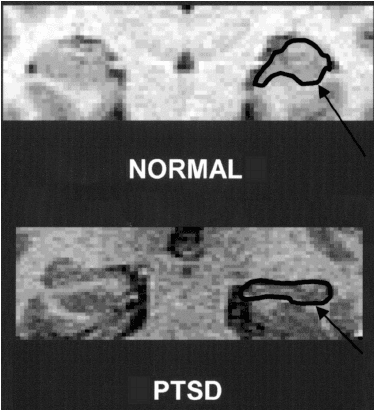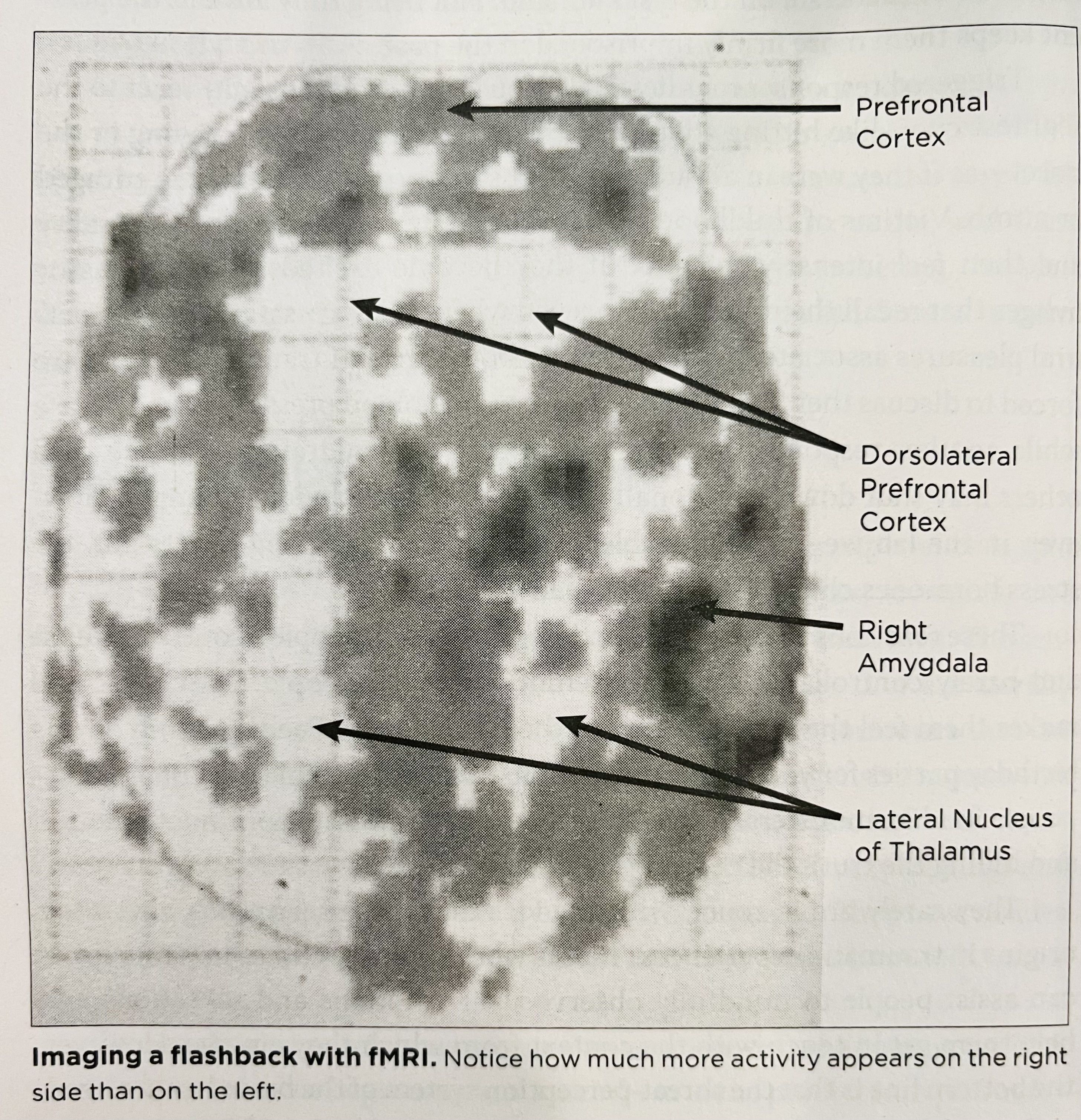What does mindful meditation have to do with Listen to Kids?
"Neuroscience research shows that
the only way we can change the way we feel
is by becoming aware of our inner experience
and learning to befriend
what is going on inside ourselves."
-Bessel Van der Kolk, The Body Keeps the Score
Study after scientific study has revealed mindful meditation and movement as one of the most effective, inexpensive, and accessible treatments for PTSD. Most other treatments require the survivor to recall traumatic events or emotions to some degree, but the power of mindfulness does not require any type of rehashing.
Having said that, mindful focus can sometimes organically open up a traumatic memory. For this reason, it's important to practice mindfulness along with your work with an LPC or psychologist. When trauma memories are unearthed, whether stored as visual, emotional, or body memories, it's important to acknowledge them, welcome them, and determine if you can sit with them at this moment. If they're too overwhelming, use healthy coping skills, agency, and self-soothing to calm your body down. Later, when you're ready, process them with a professional and/or through journaling.
When approached with respect for its power, mindfulness can be a more immediate relief to PTSD symptoms than SSRI medications, talk therapy, and other treatments. For more detail about starting a mindfulness practice with PTSD, CLICK HERE.
Michelle's mindfulness practice has allowed her to navigate through the daily triggers that grew from her childhood trauma. The more she practiced, the more her symptoms were relieved and her sense of control over her emotions returned, the more she wanted to share this skill. So she got certified to teach it and created Orange Blossom Mindfulness (OM)!
As an outgrowth of Listen to Kids, OM offers free, trauma-informed mindful meditation instruction to our provider partners, and donation-based instruction for private clients.
How Does it Work?
PTSD hijacks our brains and keeps us in Fight/Flight/Freeze mode, also known as the sympathetic mode of the nervous system. In FFF, our hearts beat faster, blood pressure increases, peripheral vision is reduced (focus narrows), blood flow is diverted way from the core towards our extremities (causing digestive symptoms), and our breathing rate increases. Thinking gets fuzzy; our rational brains go off-line. If you're living with the Complex PTSD that can come from a traumatic childhood, the smallest detail can trigger your FFF mode on a daily basis, and your body can be hijacked for hours or even days. In this state, it's almost impossible to create, trust, or communicate effectively. To learn more about FFF, click HERE.
The opposite of the sympathetic mode is the parasympathetic mode of the nervous system. This state is characterized by slower heart rate and breathing, blood flowing uniformly through the body, and an ability to relax. In parasympathetic mode, our peripheral vision returns, which allows our focus to broaden. The parasympathetic allows us to be creative and trusting, to rest, digest, and heal.
A healthy brain/body can turn off the sympathetic mode after determining that it is safe, but a brain/body with PTSD gets stuck in the hyper vigilance or numbness of FFF. Dr. Van Der Kolk explains that with PTSD, during a Fight/Flight response "the pathways between frontal lobes and the limbic system become extremely tenuous," and the mind becomes disconnected. The most painful and damaging symptoms of trauma result from the imbalanced mind, where the prefrontal cortex (rational thought) and Broca's area (language) go offline.
It stands to reason that those of us with PTSD should deliberately spend more time in the parasympathetic mode. And luckily, mindfulness skills allow us to switch between the sympathetic and the parasympathetic.
Slow breathing with emphasis on the exhale, and other mindful practices can retrain your neural pathways to remember a healthier response to a perceived threat. Consistent mindfulness practice has been linked to a more coherent, balanced mind, where more brain regions can work together. Luckily, our brains are "plastic," ever-evolving, and we can learn to cultivate a parasympathetic state. Practicing these skills, reinforcing new ways of responding to triggers = Healing
How do you get to Carnegie Hall?
Practice, practice, practice.











